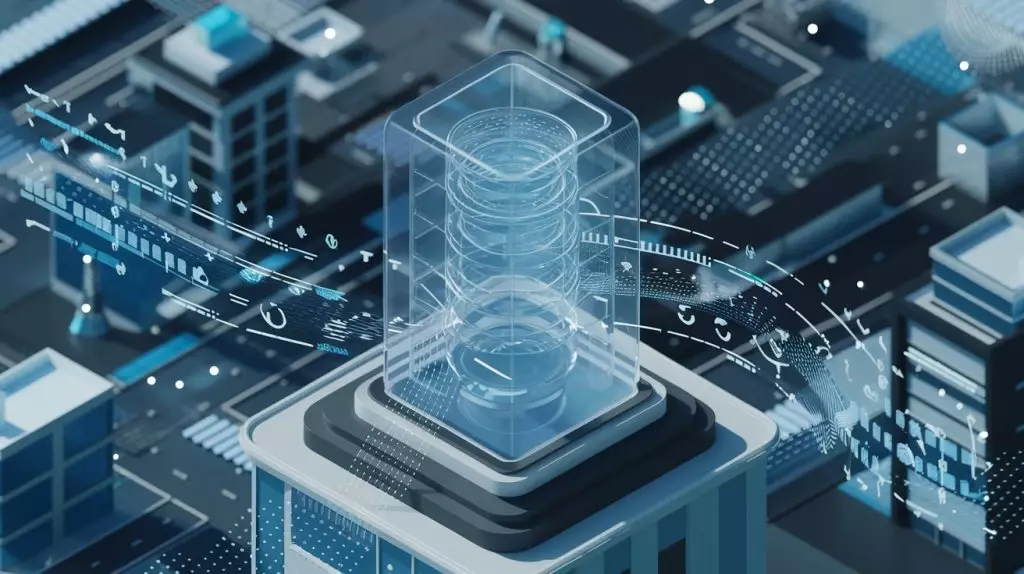Artificial Intelligence (AI) has rapidly evolved over recent years, and at the core of this transformation lies the groundbreaking technology known as transformers. From powering large language models (LLMs) to enhancing various natural language processing (NLP) capabilities, transformers have paved the way for the development of sophisticated AI applications. Understanding the functional intricacies of transformers is crucial, not only for AI enthusiasts but also for developers and tech enterprises aiming to navigate the complexities of current AI paradigms.
The Birth of Transformers: A Game Changer in Neural Networks
Transformers emerged in a seminal 2017 paper titled “Attention Is All You Need,” authored by a team of researchers at Google. This architecture marked a significant shift from the traditional recurrent neural network (RNN) models that were prevalent in the field. At its inception, the transformer architecture introduced an encoder-decoder structure tailored specifically for tasks like language translation. This innovation has had far-reaching implications, fostering subsequent developments, including models like BERT (Bidirectional Encoder Representations from Transformers) and the GPT (Generative Pre-trained Transformer) series by OpenAI.
Transformers’ major selling point is their reliance on self-attention mechanisms, which enable the architecture to focus on relevant parts of a data sequence regardless of their position. This stands in stark contrast to RNNs, which struggled with context when managing long sequences. The harnessed ability to consider the entirety of the input data at once breathes new life into machine learning applications, vastly improving their accuracy and functionality.
The AI landscape continues to witness an arms race fueled by a simple mantra: bigger is better. Ever since the introduction of transformer models, we’ve seen a constant push towards training largescale models that can process larger datasets with increased sophistication. This trend has exploded with transformers, especially with models like GPT-4o, LLaMA, and Claude, which showcase immense success in natural language understanding and generation tasks.
The enhancements made to hardware and software specifically for training these vast models—such as high-performance GPUs, multi-GPU environments, and optimized training algorithms like AdamW—have played pivotal roles in this surge. Innovations such as quantization techniques and mixture of experts (MoE) further help to manage the memory consumption challenges in scaling. As AI continues to evolve, it’s plausible that the industry will uncover even more advanced methodologies to facilitate the growth of transformer-based architectures.
While the transformer architecture spans multiple applications, it primarily follows an encoder-decoder format, with variations that optimize it for particular tasks. The encoder generates a vector representation of input data, which can subsequently be used for various predictive tasks. On the other hand, the decoder takes these representations and utilizes them to produce meaningful output, such as generating sentences or summarizing lengthy texts.
However, not all transformer implementations use both components; the GPT model family, for example, operates as a decoder-only architecture. Both variations harness the power of the attention layer—a fundamental building block that captures the contextual relationships between words, regardless of their spacing. The advent of attention mechanisms has been transformative, allowing models to maintain coherence over longer textual sequences where traditional models often stumbled.
Perhaps the most exhilarating developments in the transformer space are occurring in multimodal models. OpenAI’s recent advancements with GPT-4o, integrating capabilities across text, images, and audio, illustrate a promising future where AI can seamlessly navigate multiple formats of input and output. This multimodal approach expands the potential uses of AI, making it applicable in diverse areas ranging from audio processing and image generation to video content creation and enhanced interaction for disabled individuals.
These advancements signal a growing trend toward more versatile AI systems that can cater to individual needs in novel ways. For example, a multimodal application could enable a visually impaired user to engage with content through audio descriptions while maintaining a necessary exchange of information in a dialogue format.
Future Directions: Beyond Transformers
Despite the impressive capabilities of transformers, the AI landscape is always evolving, and alternative models are beginning to take shape. State-space models (SSMs) like Mamba, with the ability to process remarkably long sequences of data, are garnering attention as potential competitors to transformers. As research continues, the possibilities for future architectures appear limitless.
Ultimately, as we continue to unlock the potential of transformers and explore new methodologies, there lies an exciting frontier ahead. Harnessing the strengths of these architectures will not only enhance our technological capabilities but could also usher in transformative experiences across various sectors. Embracing this journey is essential for those who hope to contribute meaningfully in the ever-evolving world of AI.


Leave a Reply
You must be logged in to post a comment.